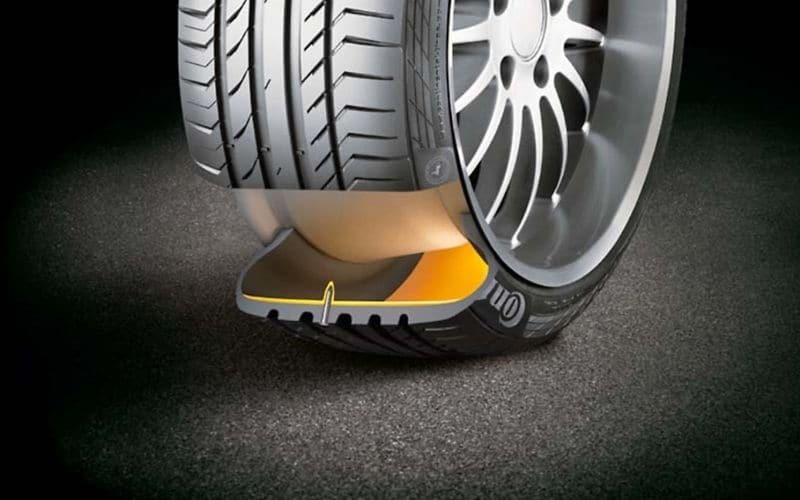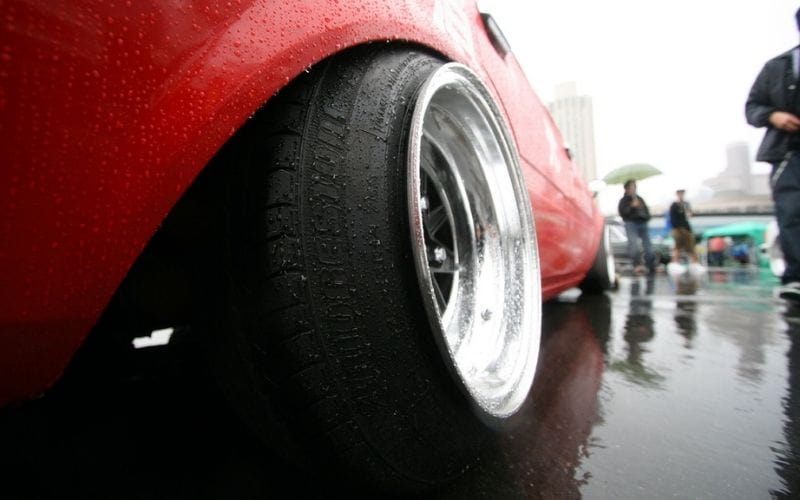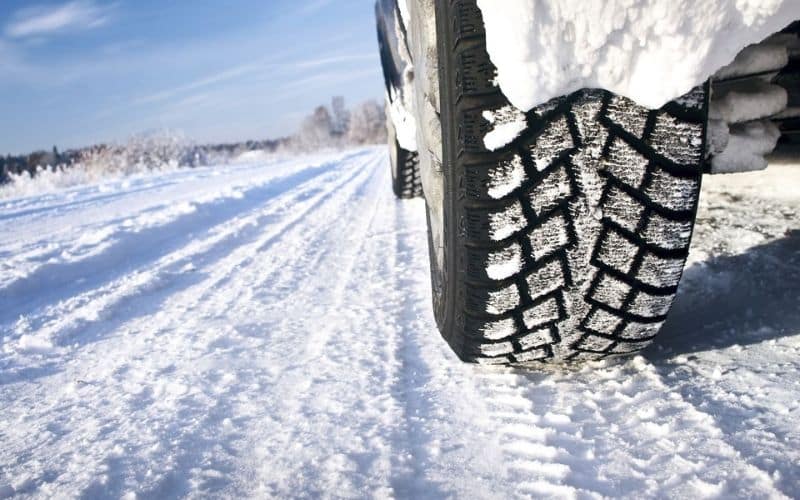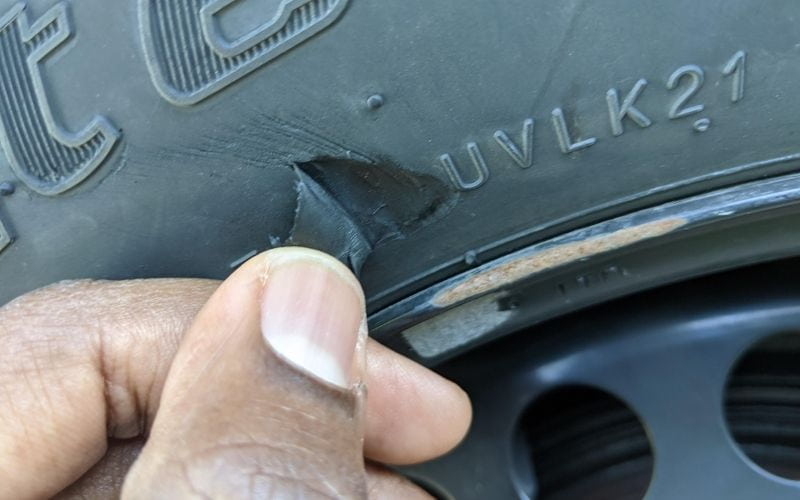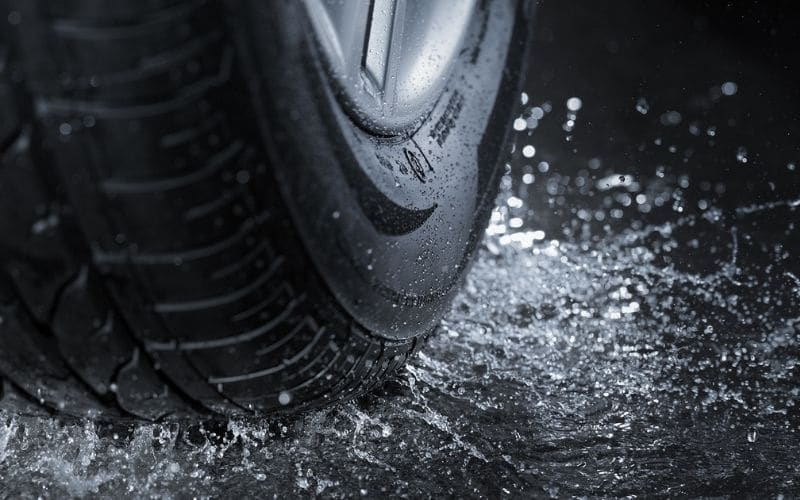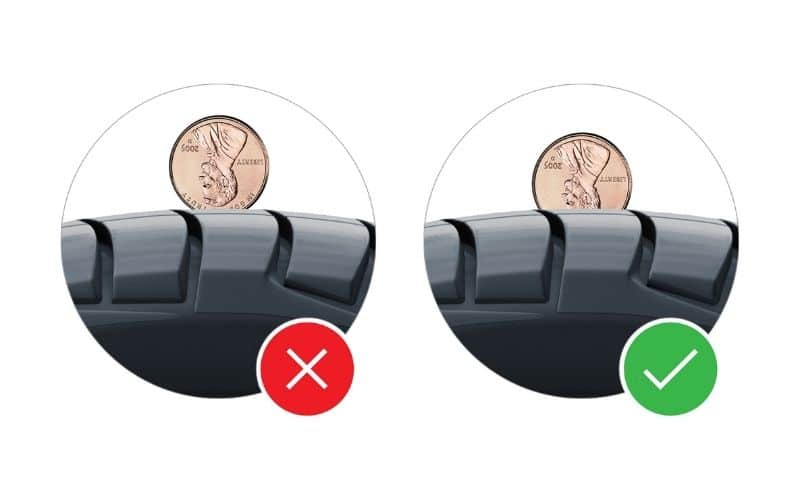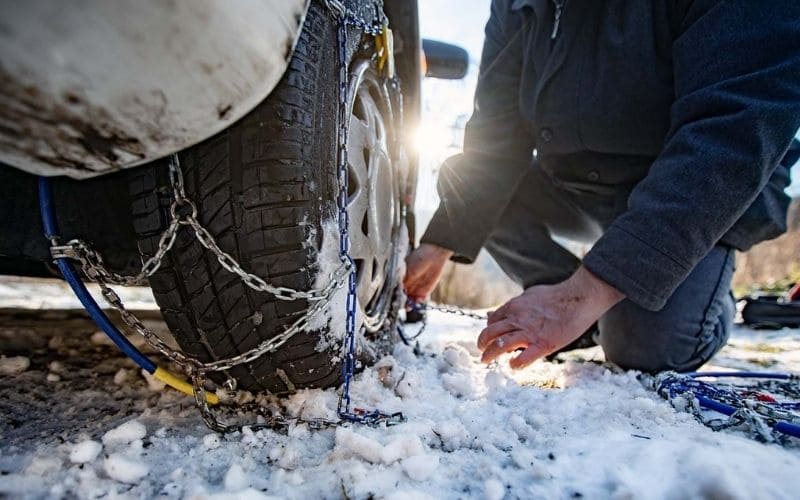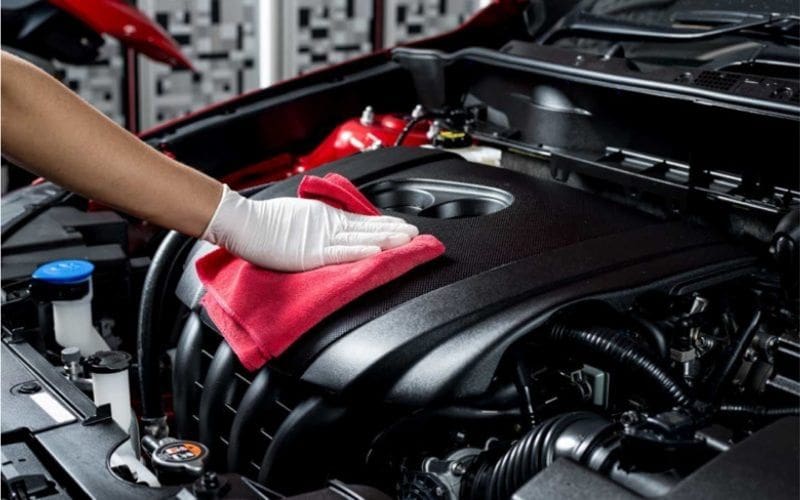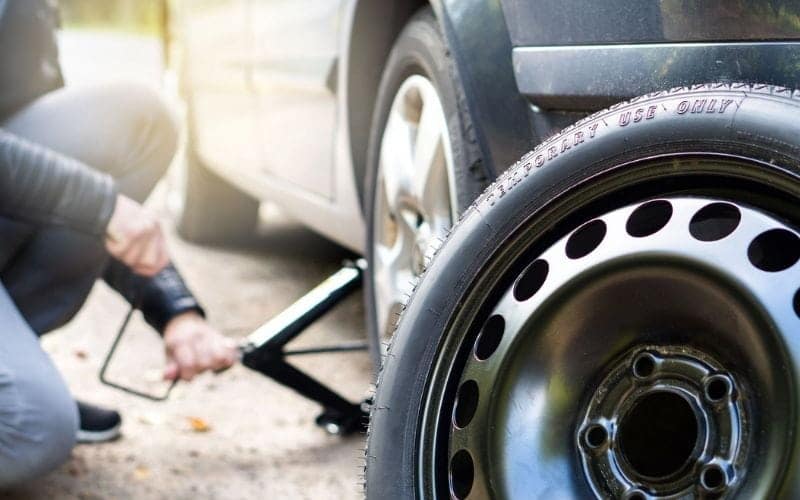What are Run Flat Tires and Are They the Future of Mobility?
Tires have come a long way since their inception. Although the design hasn’t changed much, the modern tire allows for ever greater safety, particularly in foul weather, along with better comfort and longer treadlife.
Still, there is one technology that added an ability that conventional tires didn’t have – to continue driving in the event of complete air loss. It is called run-flat, and it took the OE market by storm, particularly among premium automakers. BMW was the first company to adopt run-flat tires across its range, but other companies, like Audi, Mercedes-Benz, Lexus, Mini, and more, also started employing run-flat tires as original equipment.
But what are run-flat tires, and are they a good solution for everyone? Should you switch to these tires for the added convenience of not having to change or fix a tire? I will answer these questions in-depth in this article, along with the pros and cons of run-flat tires, how they work, and what effects they have on the driving experience. So, without further ado, let’s unveil the mysteries of run-flat tires and see whether they are the future of mobility!
